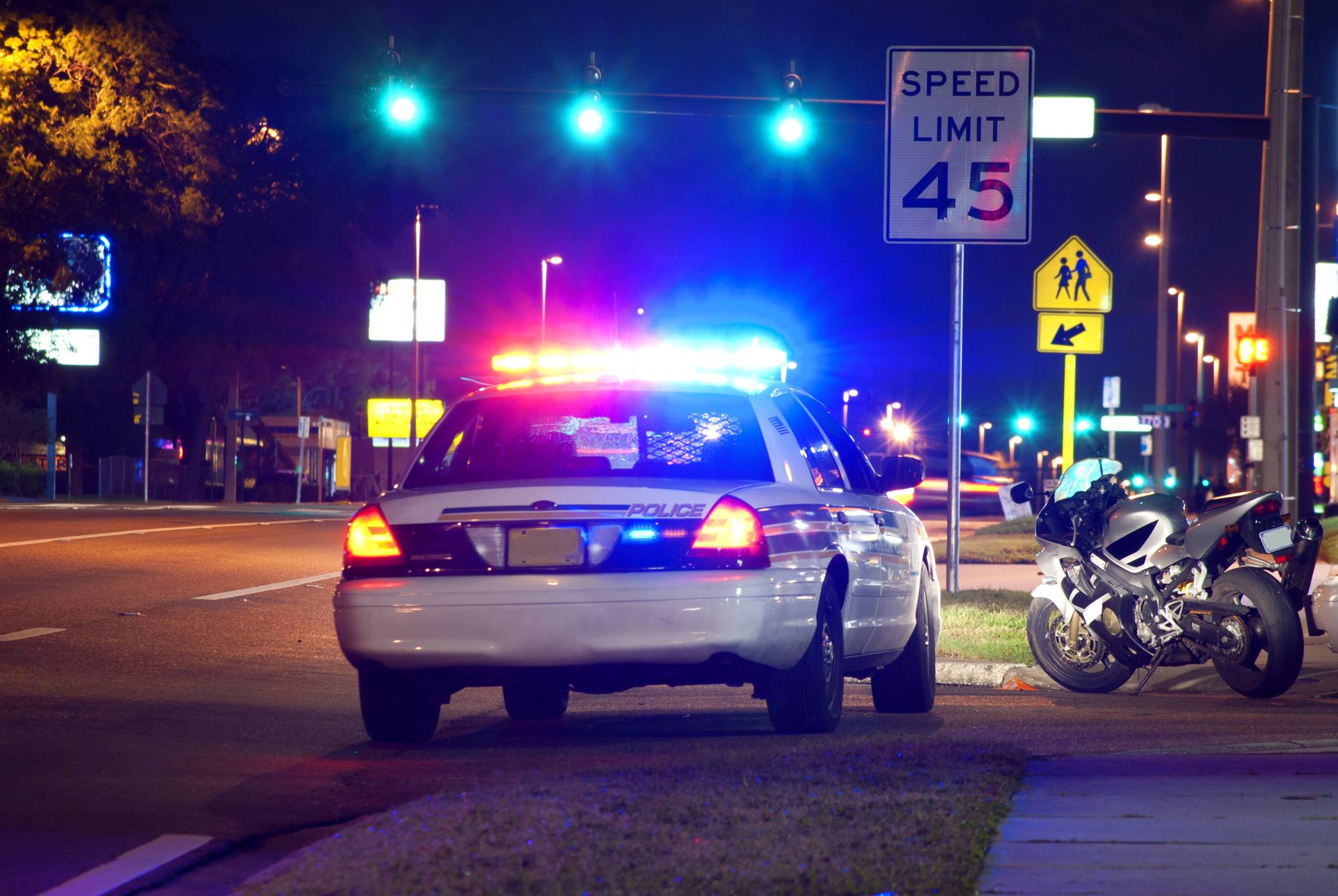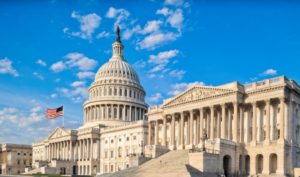
Former FBI agent outlines ways departments can reduce deadly encounters between civilians and police.
In an age of cellphone cameras and YouTube videos, all it can take is one negative encounter between a police officer and a civilian to tarnish a police department’s reputation.
With so much riding on each encounter between an officer and the public, departments need to take even greater strides to train their officers on how to handle conflicts so they do not result in unreasonable force, said Alicia Hilton, a former Special Agent at the U.S. Federal Bureau of Investigation (FBI), who gave a talk at the University of Pennsylvania Law School on proper uses of police force. Hilton’s talk was sponsored by the Penn Law chapter of the Federalist Society.
During her talk, Hilton raised the need for de-escalation training, which encourages police to attempt to handle tense encounters by initially talking to civilians, keeping a safe distance, and using cover, rather than immediately resorting to force.
“If you are a law enforcement officer and you are interacting with a citizen, if possible, de-escalate the situation instead of using physical force,” Hilton recommended. “If the person is not endangering you or another civilian, find a way to slow things down and wait the situation out. Time enables the officer to make a more accurate threat assessment and to wait for backup.”
The Police Executive Research Forum, a membership organization of police chiefs and other law enforcement professionals, advocates for officer training on de-escalation and other strategies to minimize the use of force whenever possible. The goal of de-escalation is to reduce the incidence of injuries to suspects, to officers, and to bystanders.
However, some police chiefs and the union Fraternal Order of Police (FOP) resist prioritizing de-escalation strategies—such as encouraging officers to assess and attempt to communicate with a suspect before approaching. FOP asserts that de-escalation has always been part of police training but should not be overemphasized. Their criticism stems from concerns that de-escalation could lead officers to hesitate about using force, which may risk the lives of officers and nearby civilians.
Hilton acknowledged that some situations require force—such as when an uncooperative suspect is under the influence of alcohol or drugs and resists arrest. Hilton noted that police need the proper training and equipment to ensure that in situations that warrant force, officers respond appropriately with an objectively reasonable amount of force.
If a controversial event involving police use of force occurs, Hilton advised departments to share information surrounding subsequent investigations, as long as the information does not compromise the integrity of the investigations. “It is important that police departments are open to the public about what has happened and indicate that an investigation is ongoing,” Hilton stated. “They also should identify the agency doing the investigation.” She said that when a department discloses information about an investigation, the public will perceive the event as being handled in a fair and impartial way.
Hilton also recommended that after receiving approval from the victim’s family, departments should release footage of the event captured through police vehicle dash cameras or other devices like police body cameras, which are mobile cameras that officers wear on their bodies.
Currently, laws that apply to the disclosure of body camera footage vary across states. Some states consider body camera footage to be public records that can be released under certain circumstances, while other states require a court order.
Jurisdictions that restrict the release of body camera footage cite the need to maintain the privacy of other people on the video. But withholding footage, Hilton said, fosters alarm and distrust among the community about the incident and the department’s investigation.
Hilton also addressed the issue of racial bias in law enforcement. She first mentioned that the U.S. Department of Justice (DOJ) has detected patterns of racially biased policing, which have been found in various jurisdictions like Baltimore and Ferguson, Missouri. She then pointed out that little national data exist on use-of-force incidents by race. She said that the DOJ plans to collect nationwide data that should help shed light on more widespread patterns of racial bias in law enforcement.
Hilton said that hiring more minority police officers from the communities they patrol will help address “us versus them attitudes.” She also mentioned the importance of extensive background checks for detecting any events in a candidate’s history that involve racial bias.
Hilton also offered her perspective on addressing officers’ job-related or personal stress, which could impair their judgment and lead to the use of unnecessary force. “If officers get stressed, they may take it out on individuals on the street,” Hilton said. “They also could self-medicate with alcohol or drugs.”
Hilton emphasized the importance of supportive supervisors who can help officers cope with stress. She also encouraged departments to provide a stress management program for officers, as well as a chaplain who can offer spiritual support to police officers.
In addition to her law enforcement background, Hilton is also an adjunct professor at Valparaiso University Law School and the John Marshall Law School, and works as an actor, which includes playing a detective on the NBC series Chicago P.D.
This essay is part of a fifteen-part series, Regulating Police Use of Force.



